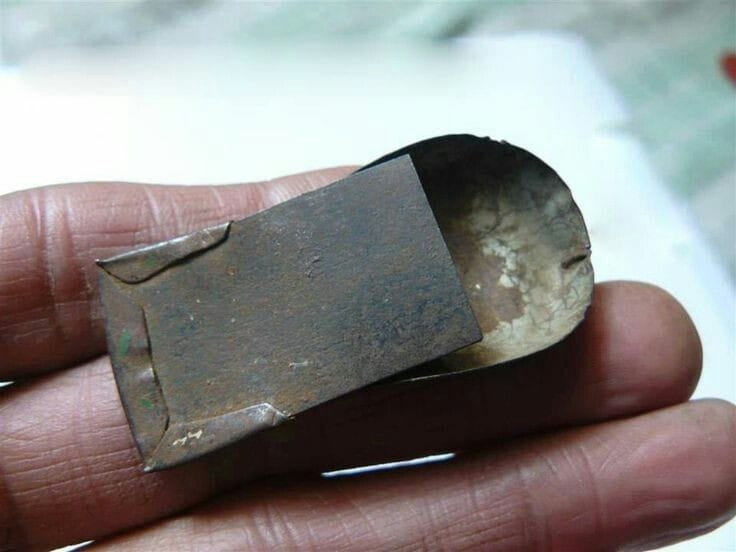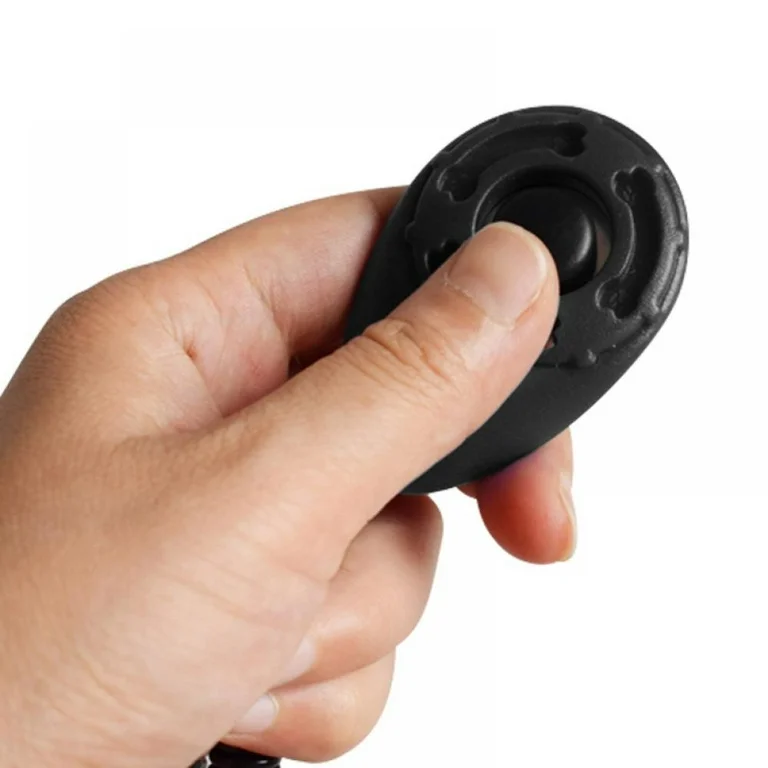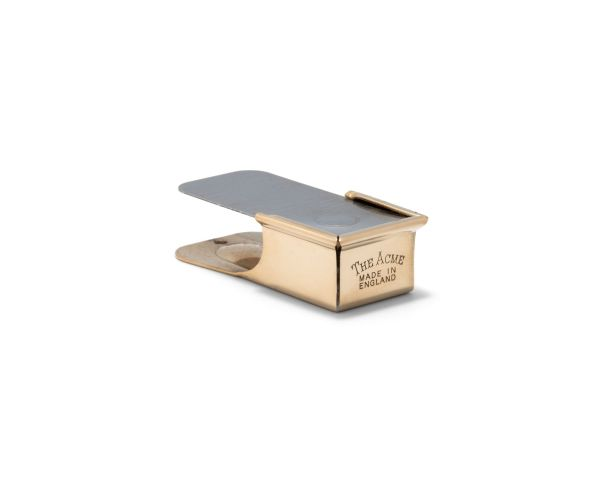Clickers, those small devices that emit a sharp, unmistakable clicking sound, have far more uses than one might initially think. What started as a tool in marine mammal training has evolved into a versatile instrument used across different fields—from animal training to military operations, and even in human learning and entertainment. This humble device, often overlooked, plays a crucial role in various practices, each click signifying precision, communication, and sometimes, survival.
In this article, we’ll explore the history, design, and many applications of the clicker, delving into its role in animal training, human learning, and even warfare. You’ll also discover how something as simple as a click can drive complex interactions and outcomes.

What is a Clicker? The Mechanics Behind the Click
At its core, a clicker is a small device designed to make a distinctive “clicking” sound when pressed. It typically consists of a piece of metal or plastic that is torqued inside a casing. When one end is depressed, the metal pops out of alignment, creating a sharp click as it realigns itself upon release. This mechanical simplicity is what makes clickers so reliable and easy to use across various scenarios.
Clickers in Different Forms
- Manual clickers: Some clickers require direct pressure from a thumb or finger to activate the metal inside.
- Button clickers: In other designs, a button extends above the surface, making it easier for the user to depress the metal and produce the click.
Though they may seem trivial, these design differences allow clickers to be customized for specific purposes. The basic design remains the same, but the form can vary depending on the user’s needs—be it training a dog or counting people at a crowded venue.
The Role of Clickers in Animal Training: Precision in Communication
One of the most well-known uses of the clicker is in animal training. This tool became widely popular through the work of marine mammal trainer Karen Pryor. She discovered that clickers could effectively communicate with dolphins and whales by producing sounds similar to the clicks these animals use in their own echolocation systems.
Clicker Training for Dogs and Beyond
Nowadays, clickers are most commonly associated with dog training, although their application extends to other animals as well. The concept is simple yet highly effective: when the dog performs the desired behavior, the trainer presses the clicker at the exact moment, followed by a treat. The click acts as a marker signal, telling the dog that the behavior was correct and will be rewarded.
This method provides precise timing, which is crucial in training animals. Unlike verbal commands, which can vary in tone or pitch, a clicker produces the same consistent sound every time, making it an ideal tool for reinforcing behavior.
Why Clicker Training Works So Well
- Consistency: The clicker sound is always the same, helping animals understand exactly what behavior is being rewarded.
- Precision: Trainers can mark the exact moment of the desired action, reinforcing specific behaviors more efficiently.
- Positive reinforcement: Clicker training is based on rewarding good behavior rather than punishing bad behavior, creating a more positive learning environment for the animal.

Clickers in Human Learning: The TAGteach Method
Clickers aren’t just for animals. They’ve made their way into human education through a method called TAGteach, which stands for Teaching with Acoustical Guidance. In this approach, instructors use a clicker to provide instant feedback to students. This can be particularly useful in learning environments where timing is critical, such as dance, sports, or even surgery.
By marking the exact moment a student executes the correct movement or action, the teacher reinforces proper technique without needing to interrupt the flow of practice. This non-verbal form of communication can speed up learning, allowing students to improve their skills more efficiently.
Historical Uses of Clickers: From Training to Warfare
Clickers also have a fascinating history in military operations, most notably during World War II. In Operation Overlord, Allied paratroopers used clickers as a covert way to identify friend from foe while behind enemy lines. Soldiers would click once, and if the person they encountered clicked twice in return, their identity as an ally was confirmed. This simple yet effective tool helped ensure the safety of soldiers during one of the most critical operations of the war.

Clickers as Counting Devices: Keeping Track of People and Data
In modern times, clickers have found a less dramatic but equally useful role as counting devices. You’ve likely seen bouncers or security staff at events using handheld clickers to keep track of the number of people entering or leaving a venue. These devices, often mechanical but sometimes digital, help ensure that crowd limits are maintained, particularly for safety regulations.
The simplicity and reliability of clickers make them an ideal tool for tasks that require an accurate count. Whether it’s for events, transportation, or even research studies, clickers provide a quick and easy solution for tallying numbers.
The Clicker’s Role in Archery: Precision in Every Shot

Clickers have also made their way into the sport of archery. Specifically, in recurve bow shooting, a clicker is used to signal the archer when they have achieved the correct draw length. This small but crucial device ensures that each shot is consistent, helping archers improve their accuracy over time.
How it Works in Archery
Once the correct draw length is reached, the clicker makes a distinct sound, alerting the archer that it’s time to release the arrow. This method not only aids in consistency but also helps reduce the mental strain on the archer, as they don’t have to guess when to release their shot.
Clickers in Games and Entertainment: A Familiar Sound in Fun
If you’ve ever played a board game designed after a TV game show, you’ve probably encountered a clicker. These devices emulate the buzzers common in real-life game shows, adding a layer of excitement and authenticity to the game. The tactile sensation of pressing the clicker and hearing the sharp click heightens the player’s engagement, making the experience feel more interactive and competitive.
Conclusion: The Clicker’s Enduring Legacy
Who would have thought that such a small device could play such a significant role across so many different areas? From its origins in marine mammal training to its wartime applications and its modern-day use in counting, teaching, and sports, the clicker proves that sometimes the simplest tools are the most versatile.
Whether you’re training a dog, identifying allies in a critical mission, or simply keeping track of event attendees, the clicker remains an indispensable tool. Its ability to provide instant feedback, reinforce behavior, and offer precision in countless tasks ensures that it will continue to click its way through history.


